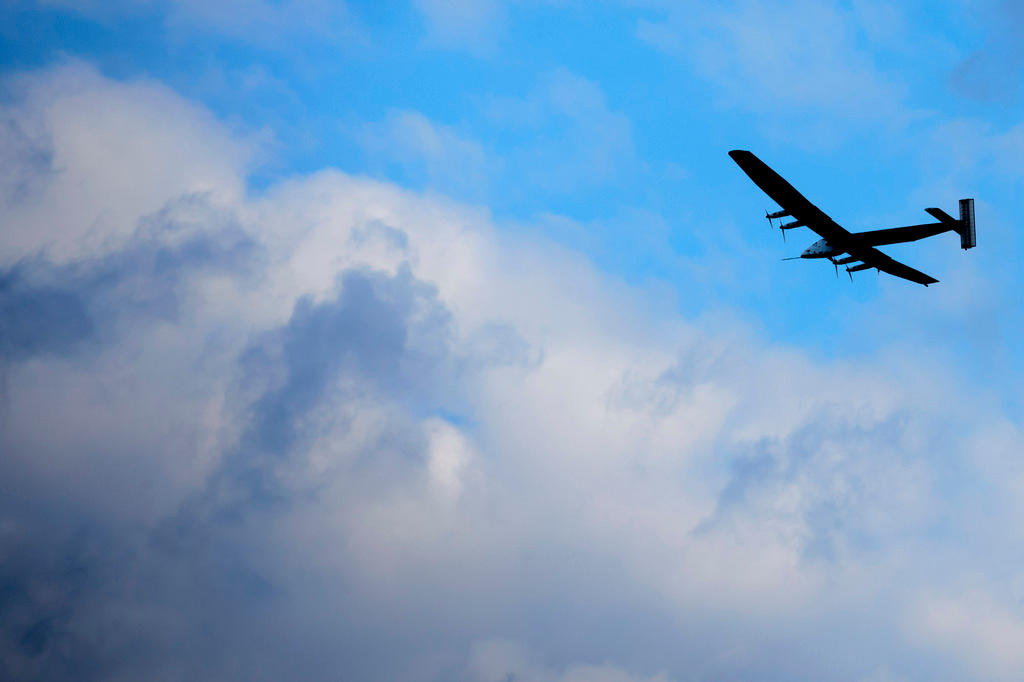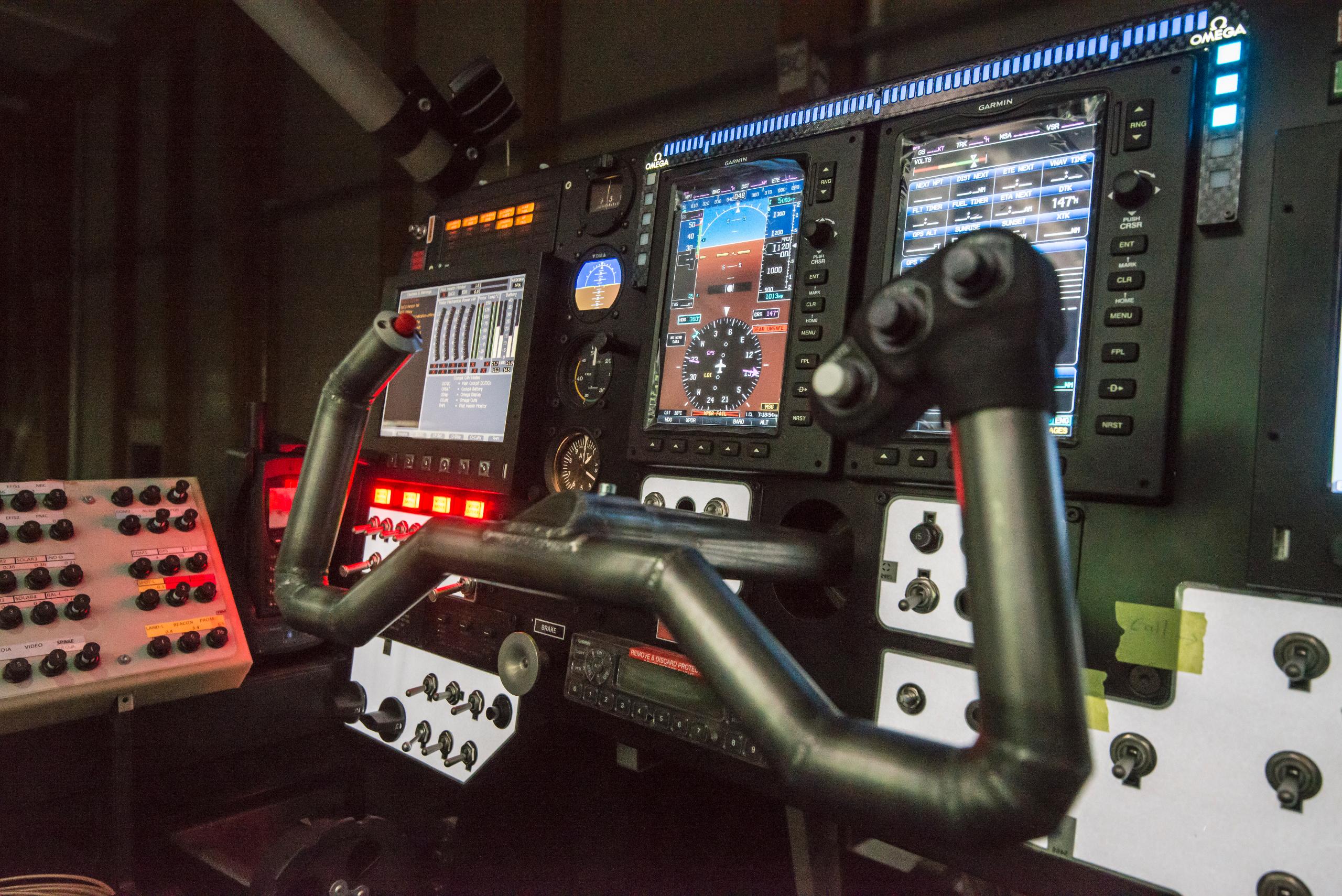The weather experts guiding the Solar Impulse
The zero-fuel Solar Impulse plane depends on perfect weather for its journey around the world. The latest leg from Chongqing to Nanjing in China was particularly tricky for the team of specialists in Monaco, who try to work out the best flight route. (RTS/swissinfo.ch)
On Tuesday Swiss aviation pioneer Bertrand Piccard successfully completed the 1,200-kilometre China leg of their first solar plane journey around the world in 17 hours. But weather conditions were challenging due to clouds.
During each stage of their journey Piccard and his colleague André Borschberg are constantly assisted by their team of meteorologists and engineers at headquarters in Monaco. At the Solar Impulse control base, the specialists work out the perfect flight route hour by hour.
For every change of route, Solar Impulse must get the green light from the air traffic control of the country it’s flying through. Because the plane is so light, even a bit of rain or wind can cause problems. But it also needs a lot of sun to recharge the batteries.
Weather was a key factor in the planning phase. The plane’s journey through India and Southern China was scheduled for certain months to avoid monsoon season. With so little sun in winter, Switzerland had to be ruled out as the starting point. One big hurdle for Solar Impulse will be crossing the Pacific and the Atlantic. Both require five days of non-stop cloudless weather.


You can find an overview of ongoing debates with our journalists here. Please join us!
If you want to start a conversation about a topic raised in this article or want to report factual errors, email us at english@swissinfo.ch.